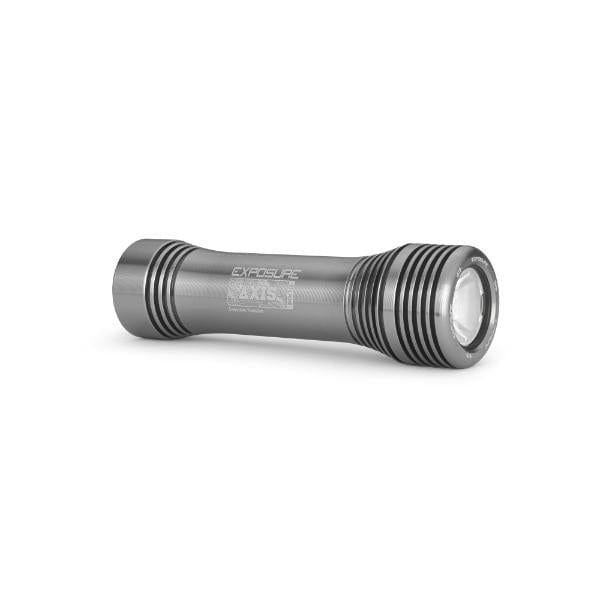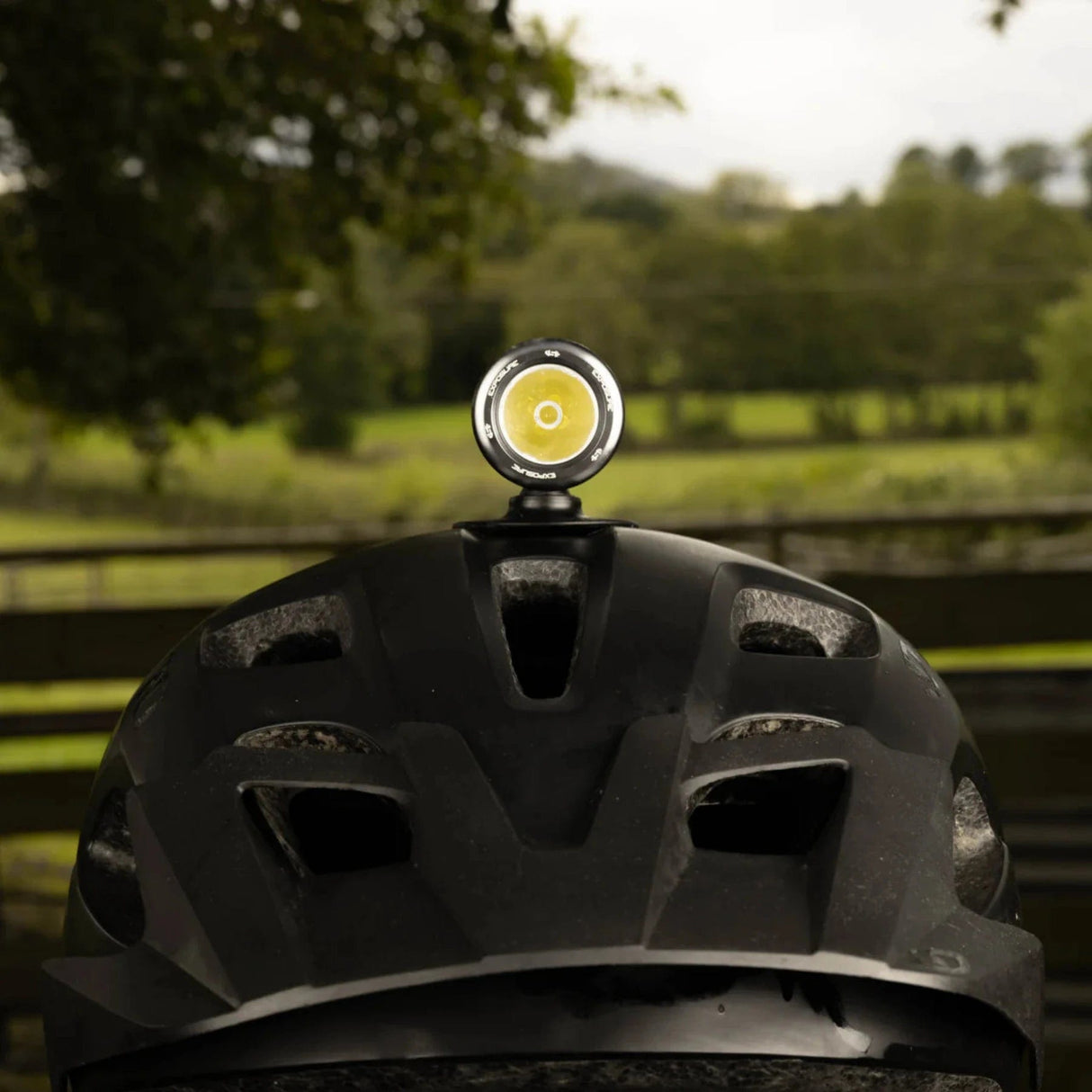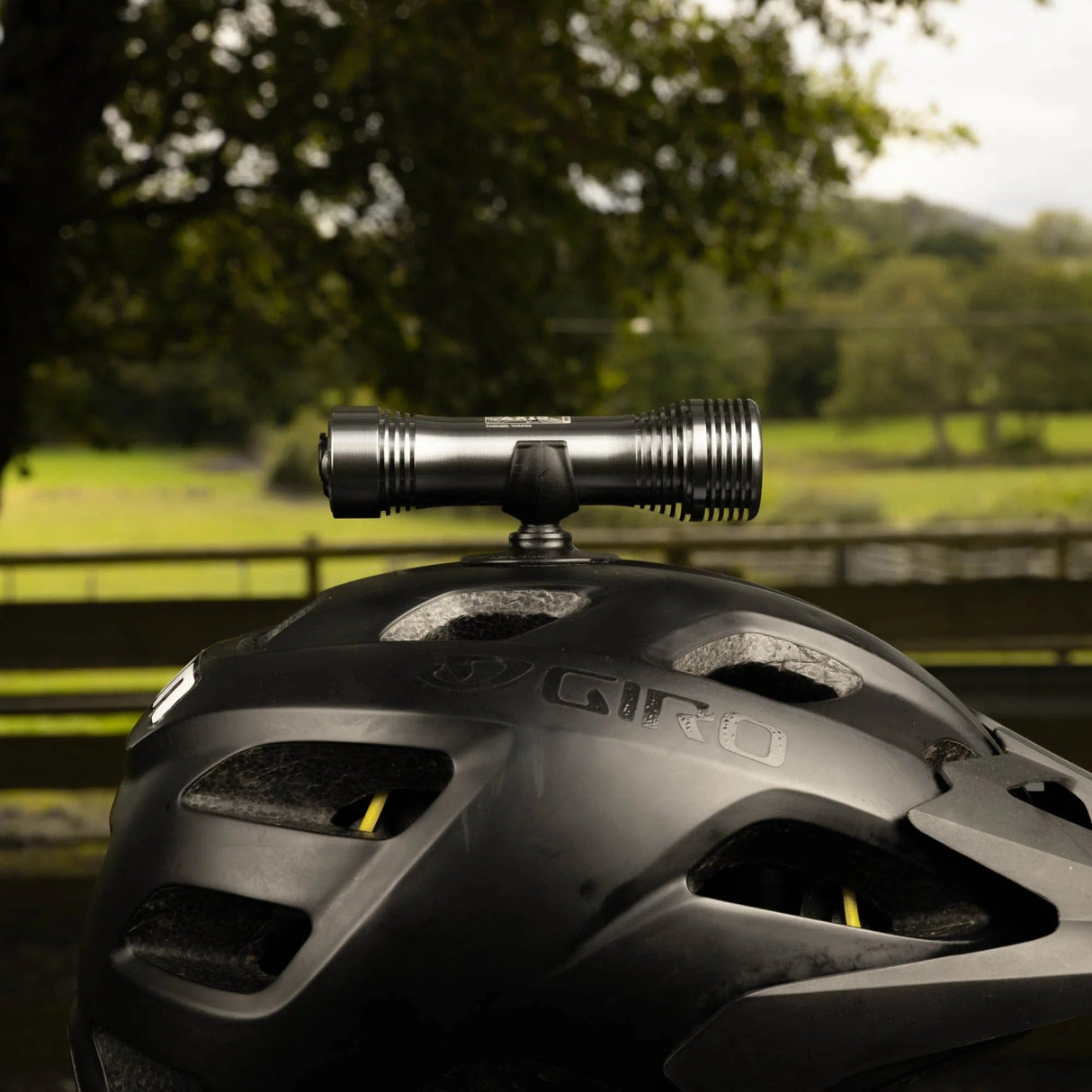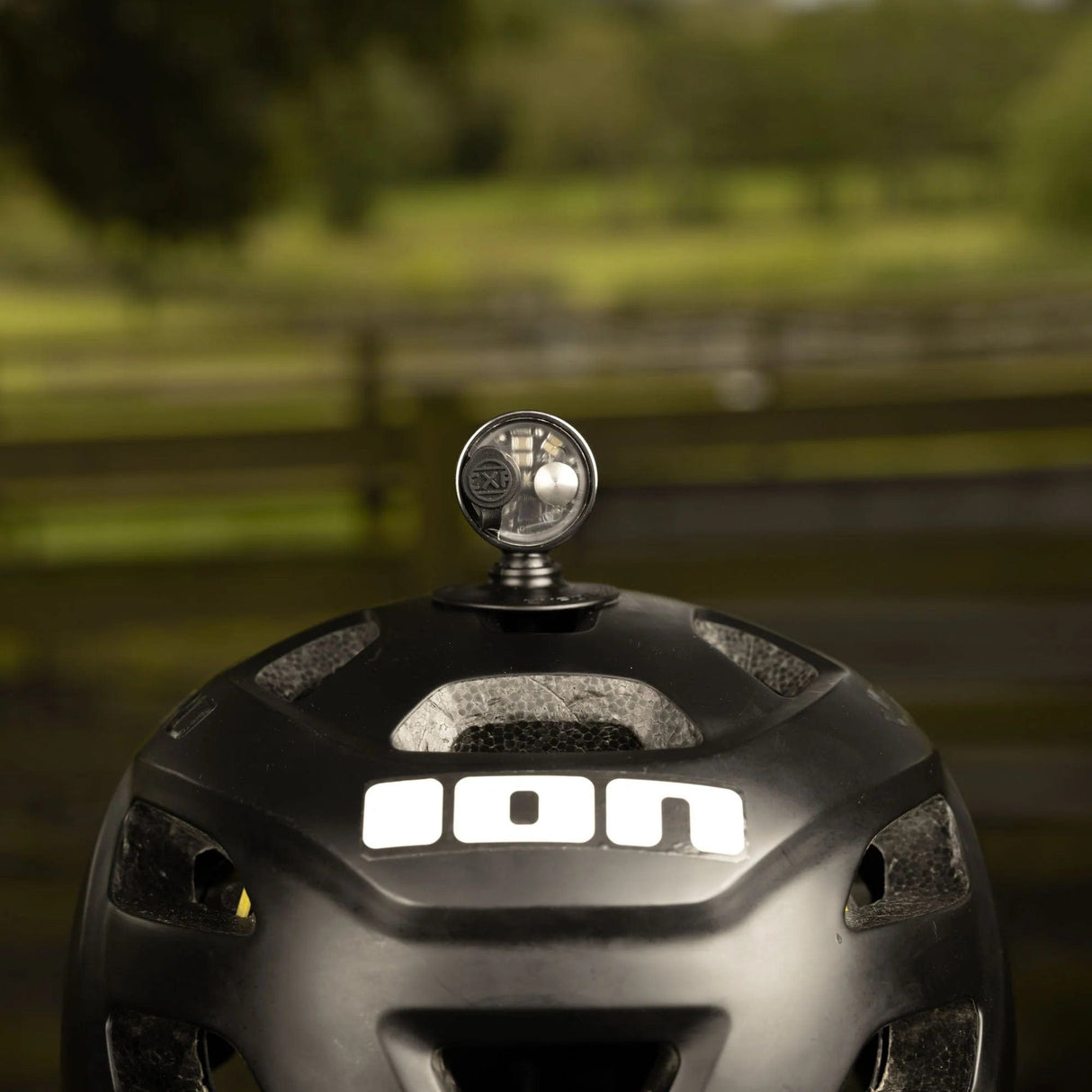Description
Description
When switchback apexes need nailing, and narrow lines require a tighter, searching beam, the Axis has a focused 1300 lumens beam for throwing light far down the trail. TAP technology offers ease of control without the need to find a button to ensure concentration is only on the route ahead for swift mode change.
In the box: Axis MK10 GMB, QR Handlebar Bracket, Helmet Mount, Lanyard, Smart Charger, QS Guide.
Note: This product is non-returnable and non-exchangeable once opened. All items are shipped sealed to ensure product integrity. We do not accept returns for opened items under any circumstances.
Specifications
Specifications
-
Material
-
Weight
-
Max Lumens
-
Runtime
-
Battery
-
Length
-
LEDs
-
IP Rating
-
Charging Time
-
Head Diameter







